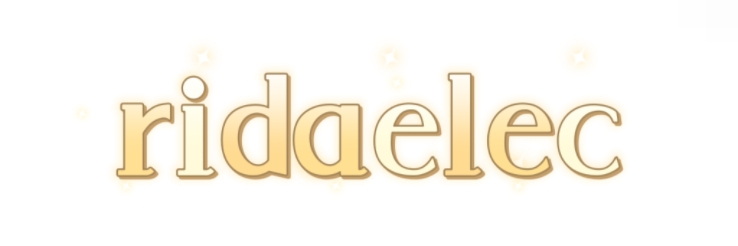Standard Glass Insulator Trends and Innovations for 2025
As we move into 2025, the landscape of standard glass insulators is set to transform significantly, driven by technological innovations and changing market demands. Manufacturers and designers are rethinking their approaches to enhance performance, sustainability, and aesthetics.
For more standard glass insulatorinformation, please contact us. We will provide professional answers.
- Increased Sustainability
The push for environmentally friendly materials is more pronounced than ever. Manufacturers are now focusing on creating standard glass insulators that incorporate recycled glass and eco-friendly production methods. This not only reduces environmental impact but also appeals to eco-conscious consumers. - Smart Technology Integration
The incorporation of smart technology into standard glass insulators is on the rise. By embedding sensors and connectivity features, these insulators can monitor performance in real-time, offering valuable data for maintenance and efficiency improvements. Such innovations are set to enhance their application in smart grid systems. - Improved Aesthetic Designs
As aesthetics become a significant factor for many consumers and businesses, manufacturers are developing standard glass insulators that feature a variety of colors, shapes, and styles. Enhanced designs not only improve functionality but also serve as decorative elements in residential and commercial settings. - Advanced Durability Features
With increasing demands for longevity in outdoor equipment, the durability of glass insulators is being boosted. Innovations in polymer coatings and heat-resistant materials are making standard glass insulators more resilient to harsh weather, thus extending their lifespan. - Enhanced Performance Standards
The performance metrics for standard glass insulators continue to evolve. Manufacturers are continuously testing and improving the resistivity and dielectric strength of these insulators, making them more effective in high-voltage applications and reducing breakdown occurrences.
- Hybrid Materials
The development of hybrid insulators that combine glass with ceramics or polymers is gaining traction. These materials promise superior insulating properties while retaining the classic aesthetic and durability associated with traditional glass. - 3D Printing Technology
3D printing is revolutionizing the manufacturing of standard glass insulators. This technology allows for customization and rapid prototyping, enabling the production of unique designs and specifications to meet specific customer needs. - IoT Integration
The Internet of Things (IoT) is making its mark on the electrical infrastructure. Standard glass insulators embedded with IoT technology can collect and transmit data concerning their condition and performance, providing unprecedented levels of insight for utility companies. - Global Collaborations for Innovation
As the demand for standard glass insulators grows globally, collaborations between manufacturers, research institutions, and technology companies are becoming more important. These partnerships help push the boundaries of what is possible, fostering innovation. - Regulatory Changes and Standards Adaptation
The evolving regulatory landscape requires manufacturers to adapt quickly. Compliance with international standards ensures that standard glass insulators can perform effectively across different regions, enhancing market access.
In conclusion, the standard glass insulator industry is on the brink of significant advancements as we approach 2025. Embracing sustainability, leveraging technological innovations, and responding to consumer demands will shape a new era for these essential components in electrical systems.
If you want to learn more, please visit our website ZheXi.


